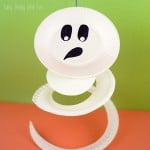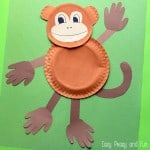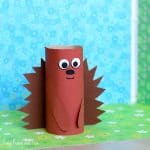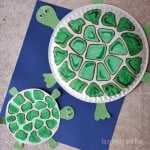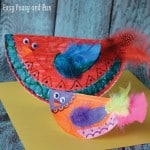Learn how to make your own paper mache glue following a simple recipe, and you will never be buying this type of glue again.
Paper mache is a popular crafting technique that is enjoyed by kids and grown-ups alike and has been for ages. It is a fun and creative way to make sculptures, masks, and other decorative items.
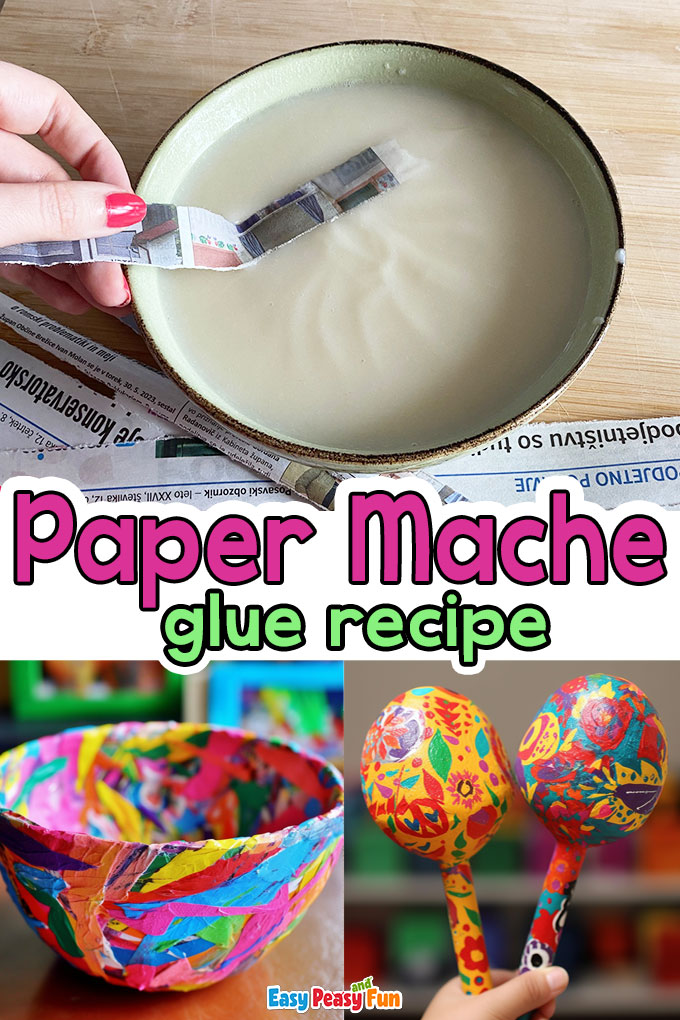
*this post contains affiliate links*
One of the key components of paper mache is the glue. While you can buy it in the store, making your own is actually super easy and a whole lot cheaper. Chances are you already have the paper mache ingredients in your home.
We will teach you how to make paper mache glue at home with a few simple recipes and some helpful tips.
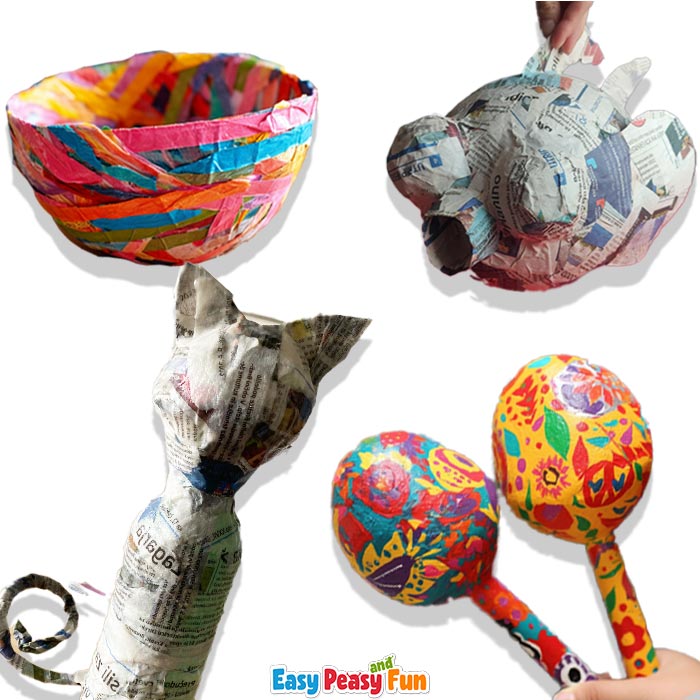
Paper Mache Glue Recipes
The paper mache glue has been made at home for generations, so there are many tried and true recipes you can use to make your own.
Paper Mache Glue Recipes With Flour and Water
The homemade paper mache recipe we grew up with needs only two ingredients – flour and water. It’s a tried and tested way of making it, and your creations will last for years. It’s easy to make both in small and large quantities, which makes it perfect if you are making paper mache glue for a class.
You can make a raw one or cook your glue to make it even better. The paper mache glue without cooking will be a little bit less strong and won’t be as smooth as the cooked one, but it will get the job done, especially if you are crafting with younger kids and are making simple projects.
No-Cook Flour Paper Mache Glue Recipe
To make it without cooking, you need:
- 1 part white flour (for example, 1 cup)
- 2 parts water (for example, 2 cups)
This is a general “rule of thumb” recipe. Mixing in one part flour and two parts water works out well, but you can add more of one or the other, depending on if you want your glue to be more liquid or thicker.
Add water to the bowl and slowly add flour while constantly mixing (whisk or hand mixer). Slowly adding in flour will help prevent lumping and will make it easier for you to make a smoother glue. Once it is well mixed, it is ready to go; however, we do recommend you place it into an airtight container and let it rest in the fridge for a couple of hours.
Tip: Using warm or hot water in the mixture helps mix in the flour more easily, resulting in a smoother texture.
Smoother, Clearer Paper Mache Glue
To make a clearer and smoother glue out of flour, you will need to cook it. It’s an easy paper mache glue recipe, so don’t worry.
To make it with cooking, you need:
- 4 parts water
- 1 part white flour
Again, the quantities are “a rule of thumb”; this is what works for us best, but you can adjust the ingredients, adding more water if you prefer a more watery consistency or more flour if you want it thicker. But we do recommend you stick with the recipe first and see how it turns out – once cooked, the glue will thicken a little as it dries.
To make the glue:
- Pour water into a small pot (saucepan).

- Add flour and mix it up well with a whisk (you can use other things as well, but it will take longer). Mix well until you get an even consistency without lumps.

- Place the pan on the stove and cook on medium heat, stirring constantly.

- Bring to a boil, and as soon as you do (when you see bubbles), remove from the stove.

- Allow the glue to cool.
You will need to wait for the glue to cool completely before using it.
Paper Mache Glue Recipe With Glue PVA and Wood glue
This is by far the easiest method of making paper mache glue, and it is handy if you are making a small project and don’t require larger quantities of glue (we do think making it with flour, without glue, is the best way to go, though).
To make it, you need:
- 2 parts white glue (liquid school glue like Elmer’s, any brand will do)
- 1 part water
Just mix them up, and you are ready to go!
Tip: white school glue is the most commonly used one; however, if you want a stronger one for more detailed projects, make paper mache with wood glue. In our experience, it’s far better!
Tips and Tricks

Large shallow pans or containers make it easier to dip larger pieces and strips of paper into the paper mache glue.
When working on your projects, ensure the entire piece of paper is covered with glue.
Smaller pieces of paper will make it easier to make details and have your project look smoother. Larger pieces are great for covering a larger area (and making the first layer).
Apply multiple layers of paper and glue to create a sturdy structure. Allow each layer to dry completely before adding the next one. The more layers you add, the stronger your paper mache project will be.
For larger or more complex projects, you can reinforce your paper mache structure with additional materials such as wire, cardboard, or wooden dowels. These internal supports will provide added strength and stability.
Once your paper mache project is dry and solid, you can paint, decorate, or seal it using various materials like acrylic paints, tissue paper, or varnish.
How long can you store homemade papier mache glue?
If you made the glue with flour, you should store it in an airtight container in the fridge, and it will last for a couple of days. We do recommend you make only as much as you need in one go and use it fresh. The longer you store it, the less strong (sticky it will be). And over time, if not used and dried, it will also spoil and develop a smell that you don’t want.
The glue and water can be kept for a long time, on the other hand. It’s just watered-down glue, so its shelf life will be the same as it would be if you wouldn’t water it down.
Can you use any flour? Will gluten-free flour work?
All-purpose white flour is the way to go. Other flours won’t be sticky enough, and the same goes for gluten-free flour; it just won’t work out.
How long does paper mache take to dry?
The million-dollar question isn’t it? Sadly there is no straightforward answer to this one – it depends on how thick you layered your paper, how much paper mache glue you used, air humidity… Most projects should dry overnight (assuming they are stored in a dry area) and you will be able to continue working on them the next day.
It is super important that the last layer dries off completely before you apply paint. So it is best to let the last layer dry for a whole day (or even more).
Want instant access to all of our printable crafts, activities, and resources?

With thousands of crafts, activities, worksheets, coloring pages, and drawing tutorials to print, you will always have just the resource you need at your disposal. Perfect for parents and teachers alike!

